The US Bureau of Labor Statistics projects a whopping growth of 13% in Web developer career over the next decade, which is much higher than an average one’s.
With more business looking forward to a better user experience, the demand for web application has gradually increased.
In such a case, choosing an apt framework can be tough especially when multiple frameworks are available. Some might offer automation, while some might offer comprehensive development tools and freedom.
To choose the best one, this blog lists out a few of the popular Node.js frameworks based on their popularity and usage among developers. So, which is the most popular Node.js framework loved by developers in 2023? Let’s find out. But before that, let’s have some basics of nodejs development clear.
What is Node.JS?
Node.js is an open-source, cross-platform, back-end JavaScript runtime environment that runs on the V8 engine and executes JavaScript code outside a web browser. – Wikipedia
Node.JS has an ability to create/open/read/write/edit/delete/close files on server, generate dynamic web pages, collect different form data and add/modify/delete it in the database. This generally runs on JavaScript engine – V8 version and is majorly used to build backed web applications.
Node.JS is an ideal framework for creating chat apps, video streaming apps, live news feeds, games, web apps, and single-page applications.
Node.js - Framework or a programming language? – A longstanding debate!
One of the most debatable and ambiguous questions concerning developers is – Whether it’s a framework or a programming language?
To end the dilemma – Node.JS is a JavaScript runtime environment that includes everything needed to execute a program written in JavaScript on the server-side and make it portable. In simple terms, it’s a runtime environment used by developers to execute a program. Built on Chrome’s V8 JS engine written in C++, it runs the program directly and compiles it into machine code which is later executed by the OS. This is why Node.JS is called “JavaScript runtime built”.
On the contrary, frameworks are used to build functions in an application. Many developers have written frameworks for Node.JS like Meteor.JS, Express.JS, Koa.JS, and others to create unique capabilities for Node.JS applications that offer convenience to software engineers.
A glance at Node.js Frameworks
Node.JS offers three kinds of frameworks: MVC, Full-stack MVC, and REST API framework.
1. MVC frameworks
This framework offers an astounding design pattern that divides the application into three major parts: Model, views, and controllers. Segregating the development process from view makes it extremely easy and simple to manage and scale the app.
Express.JS is one of the classic examples of an MVC framework.
2. Full-stack MVC frameworks
If you’ve undertaken projects to build an on-demand app like a delivery app, real-time trading platform, or a complex gaming app, the Full-stack MVC framework has a lot more to offer. It offers innumerable libraries, scaffolding, template engines, and a range of other development capabilities that help developers to build the state-of-the-art application.
Additionally, this framework takes care of both front-end and back-end app development.
3. REST API (Representational state transfer)/ REST API frameworks
When it comes to building swifter and flexible applications, Node.JS frameworks make sure to leverage a quick and smooth experience with REST API app development. You don’t need to worry about the architectural style of the network application. Just sit back and relax!
Practically, all these frameworks provide a ready programming interface which in turn saves huge development time to build apps requiring an active internet connection.
Why should I select the Node.js framework?
With innumerable frameworks available in the market for web app development, a basic question that hits everyone’s mind is:
- Why select the Node.JS framework?
- What all benefits does it offer that makes it stand out amongst the rest of the frameworks?
To quest your mind, here are some of the major benefits that Node.JS offer to its users.
1. Scalability
Being single-threaded, Node.js can easily handle multiple connections with high throughput. Leveraging vast scalability for app development, it is an ideal framework to build a high-scale application.
2. Performance
The non-blocking I/O thread execution not only makes Node.js fast and efficient but also gives smooth app performance.
3. Faster & Lightweight
The current market demands faster development approach. This is where Node.JS excels in the race. With an array of exclusive tools available, the application is quickly developed and deployed which gives ample time to team members to review and update.
Top Node.JS frameworks to look in 2022
1. Express.JS
Express.JS is one of the top Node.JS frameworks you should be looking at.
But, why do our developers love Express.JS the most? Is it the minimalistic, almost zen-like nature of the framework? Is it the ability to create both desktop and mobile applications with ease?
We would say it is a combination of all these factors and more.
At its core, Express.js is a series of middleware function calls, each having a specific task to do. It is not opinionated, which means you are free to use it in different ways.
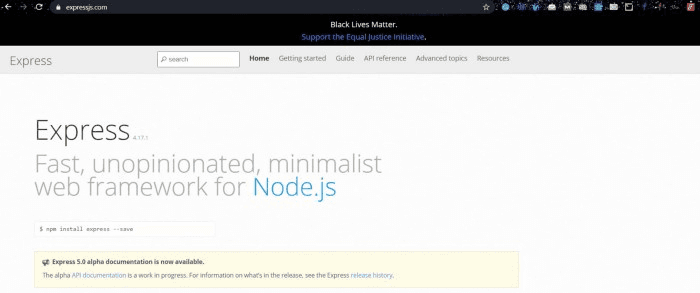
Why do our developers love Express.JS?
- Simple framework. Easy to understand.
- Enables maintainable code and modular design.
- Easier to serve static files and resources.
- Based on HTTP methods and URLs, developers can easily define the routes of your application.
- Comes with MVC architecture. Creating eccentric apps is easier.
2. Sanity.io
Sanity.io, another top Node.JS framework, is a headless CMS System built on Node. JS technology. What is a headless CMS system? Good question. A headless CMS system provides an easier way to host the content you have. The only difference? Here, content is provided as a data instead of rendering a web page.
Wanna learn more about the fascinating world of headless CRMs? Head on over to this page. No more complaining that we don’t speak slow enough.
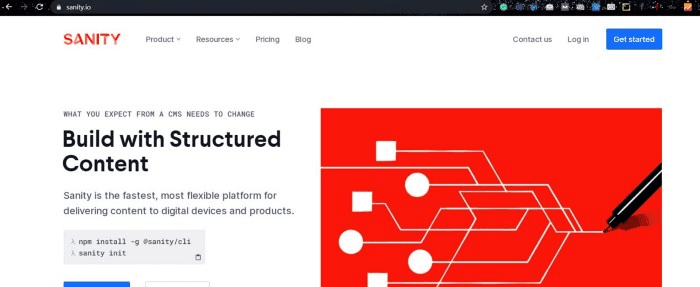
Why do our developers love Sanity.io?
- Ability to access fully structured content
- Extremely customizable so that it is easy to generate product documents (in markdown).
- Open source and getting started is free.
- Users can CRUD (Create, Read, Update, and Delete), edit images, information, etc.
- Can manage all of your content from one place.
3. Nest.JS
What if we wanted to build extremely adaptable, testable, and efficiently viable apps, without having to complicate things like alternating between the front end and back end? What if seamless data streaming and simple coding experience are also part of your bucket list? ( Boy, do you ever stop?)
The answer to all these questions was provided by a programmer called Kamil Mysliwiec (yup, the spelling is right, we checked) when he developed Nest.js. Nest framework is a combination of the features of Functional Programming, Object-Oriented Programming, and Functional Reactive Programming, and is built for TypeScript.
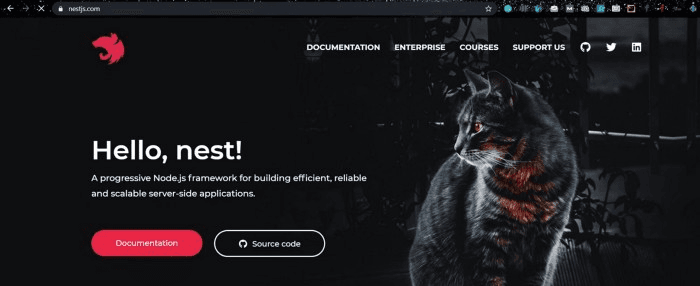
Why do our developers love Nest.js?
- Modular architecture — you can use other libraries in your project.
- Uses TypeScript and core concepts of Angular, which means Angular developers can learn it quickly.
- Apps are more reliable, thanks to TypeScript.
- Nest CLI opens the doors to an awesome set of features.
- You can build all kinds of server-side applications using Nest.
4. Koa.JS
Let’s talk about another Node.JS framework.
What word starts with a K, ends with an A, and is usually found hanging from a tree? If your answer is a Koala bear, you are probably right. But if you are a Node.JS programmer, you probably said Koa, right?
Koa is smaller, more expressive, and, all in all, a fun way to develop web apps. Like Bruce Willis and his son in Die Hard 5, if we may. It leverages async functions, meaning you can ditch callbacks and improve error-handling.
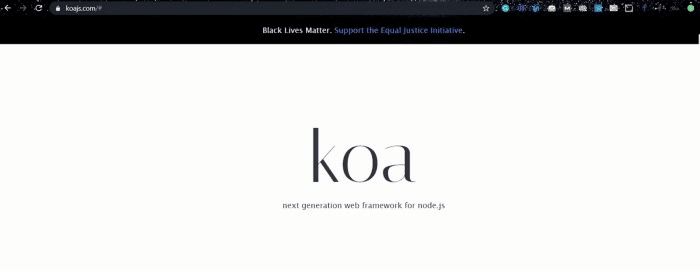
Why do our developers love Koa.JS?
- Good user experience from a very lightweight framework. At just 550 lines of code, Koa is light.
- A lot of helpful methods are available easily. Koa’s footprint is low as well!! How you may ask? Simple, no middleware is bundled.
- Writing middleware is as much fun as having a chocolate tart.
- A huge variety of customizable options, making developers happy as a toddler in a candy store.
- Control is now both upstream and downstream since there are no more callbacks.
5. Hapi.JS
Ask any layman on the streets what they would use to build a Representational State Transfer (REST) APIs, and you would most likely get a confused stare back, possibly accompanied by a slap to the face for wasting their time.
Ask a developer the same question, and he would happily say Hapi.js (pun intended). Hap takes everything that was great in Express. JS, and then adds some of its capabilities to make it a sort of big brother of Express.JS. Instead of spending time building the infrastructure, developers can use that time to write reusable application logic.
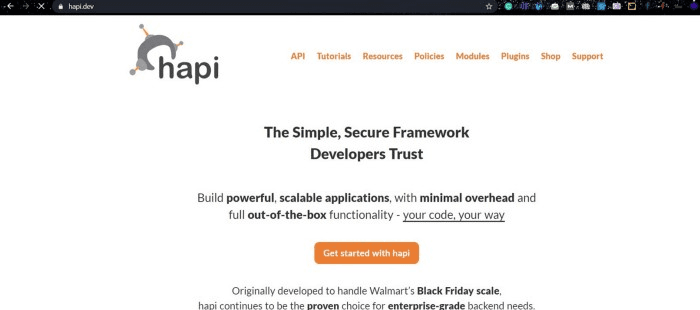
Why do our developers love Hapi.JS?
- Fixing bugs and adding new features now don’t take forever.
- Build APIs for different kinds of clients, be it mobile or single-page apps.
- Plugin-based architecture makes scaling easy.
- Greater control over how requests are handled.
- Availability of authentication, caching and input validation.
6. Socket.io
Chatbots are fun to talk to, albeit a bit scary. Score tickers are an excellent way to represent some key figures, and fun to have on your website. But how are they built? Not all of us want to know. Most are just happy they have a person (or a bot) to chat with.
But for those who do wanna know, we got you covered. Socket.io is a web socket structure that is used to build all those neat things mentioned above, and more. For those who want a simpler explanation, Socket.io enables the communication between a Node.js server and a browser, which can be any browser. There you go. That is as simple as it gets for one of this Node.JS framework.
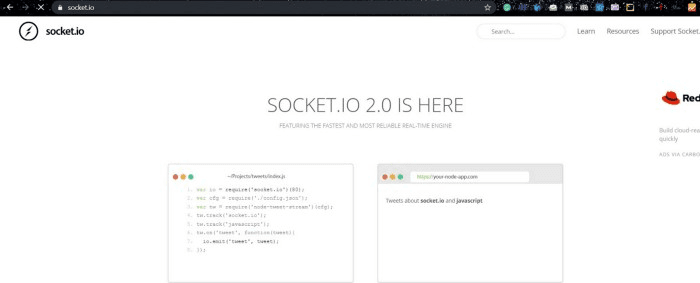
Why do our developers love Socket.io?
- Socket authentication and socket management are much easier.
- Multiple namespaces feature is handy while building an application that does a lot of back and forth push communication.
- Event encoding, allows the event name to be independent of the encoding mechanism.
- Supports a host of features such as anomaly detection, auto-correction, and multiplexing.
- Real-time analytics.
7. Loopback.JS
We have been generous with Express.JS framework. So generous, in fact, that we have placed it at the top of this list. But if you Loopback, we mean look back, you can see a couple of Node.JS frameworks on our list that are built to overcome the very drawbacks of express.js. Loopback is one among them.
Loopback is built on top of Express.JS. When this is combined with a few Node.js modules, Loopback can be used to build REST APIs for applications easily. We have covered REST APIs in an earlier part of the blog (this is for all you lazy scrollers). Loopback allows you to create APIs with little or no coding. Seriously.
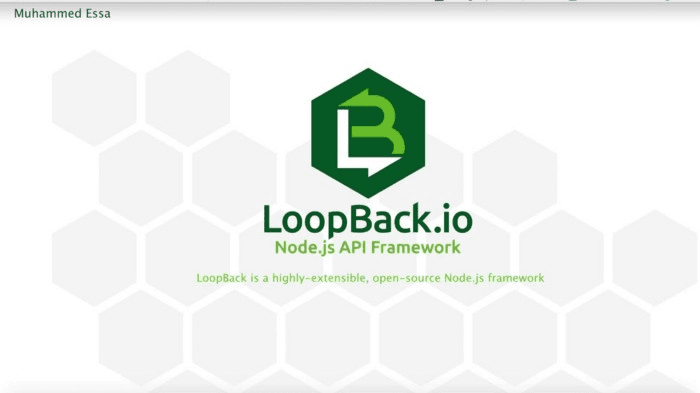
Why do our developers love Loopback.JS?
- Option to run the applications on-premise or in the cloud.
- Model-relation-support. It helps users define real-world mappings between their models.
- Easier to design, build APIs, connect to databases, and test.
- Connecting devices and browsers to data is a breeze.
- Structured code and rich documentation.
8. Meteor.js
If you’re looking for a JavaScript-specific framework that is solely based on a single language, Meteor.Js is your perfect pick. Launched in 2012, Meteor.js is an open-source and isomorphic JavaScript-based web framework that automatically makes changes to the client’s data without the developer’s effort.
One of the major advantages of Meteor.JS lies in its comfortability with a variant of devices and operating systems including Android, and iOS for all mobile devices and desktop applications. The reason behind this is simple- all applications are developed and wrapped in JavaScript. Moreover, its comprehensive set of libraries and testing features streamline client-server communication in which major applications are real-time and high-streaming.
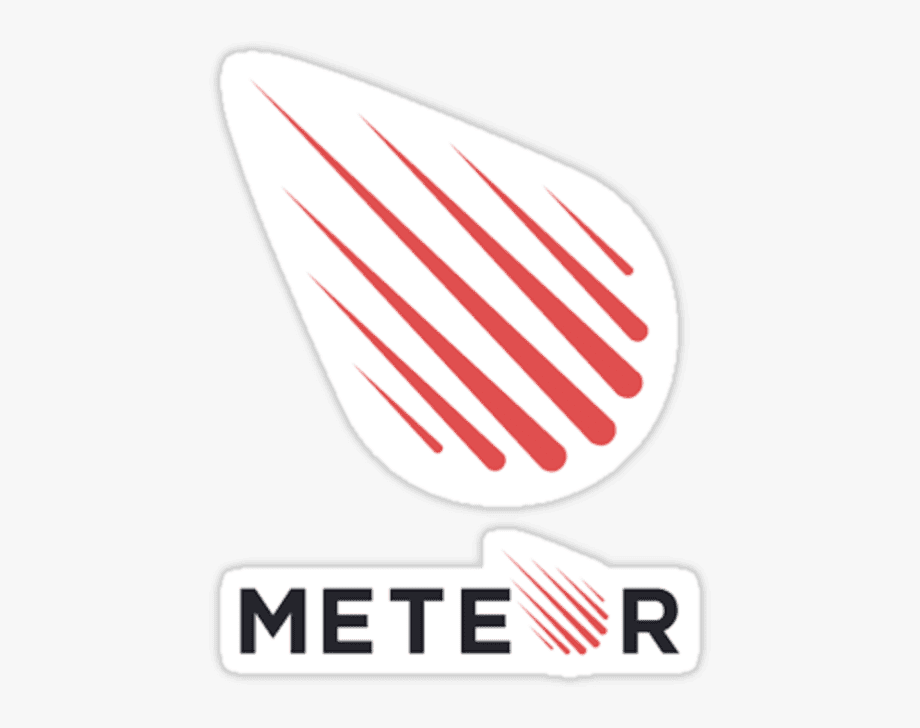
All in all, Meteor.js is an apt framework to build a highly efficient, simple, and modern web app.
Why do our developers love Meteor.JS?
- The application code is written in modern JavaScript and Isomorphic framework.
- It offers a full-stack solution.
- A cross-platform, lightweight framework to build super-fast applications.
- Building rapid prototyping with CLI
- Easy integration with other tools and frameworks.
- Open-source framework with extensive community framework.
Meteor.Js is used to build real-time applications and projects with shorter deadlines, and cross-platform products.
9. Sail.js
So, if you’re well-acquainted with Express.Js, now it’s time to jump to Sail.JS for next-level app development. It’s a Model-view-controller framework that is highly flexible and scalable to develop an extensible, modern, and data-oriented application. Compatible with all databases, it is highly flexible in integrating with JavaScript frameworks.
Incorporated to build a complex customized application, its specific code writing policies help in the reduction of writing code and are flexible enough to integrate with npm modules.
Being a frontend- agnostic-backend platform, this lightweight framework makes use of Socket.io and HTTP requests for WebSockets calling. It also shares the same API already in use by another web service which in turn saves time and effort.
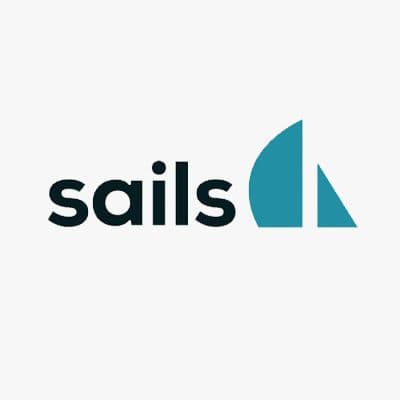
Why do our developers love Sail.js?
- Built on Express.JS, it is a 100% JavaScript coded application.
- Auto-generate of REST APIs, thanks to blueprints.
- Supports multiple data stores in the same project.
- Real-time support with WebSockets
- Highly compatible with any front-end: Angular, React, Android, iOS & more.
10. Total.js
Total.js is a one-of-a-kind framework that offers a CMS-like experience. It has almost everything a developer would ever need in a Node.js environment. This open-source comprehensive framework leverages maximum flexibility for developers.
Being a server-side framework, it is written from scratch without any dependencies. Available in different versions like HelpDesk, CMS, and Eshop, the scope of your app widens in the future for IoT integrations, REST service, and super-fast applications with low maintenance cost and service.
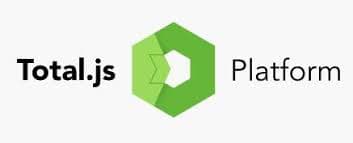
Total.js is majorly used for its accurate real-time tracking in modern applications.
Why do our developers love Total.js?
- Open-source under MIT License.
- Cloud development.
- Rich real-time app development.
- Flexible and speedy development with low maintenance cost.
- Easily Scaling and extensibility.
- Low CPU and memory consumption.
- Highly stable and written from scratch.
- Highly compatible with all databases.
Total.Js is a complete framework to build a customized app, visual interface in IoT, cloud services, and real-time collaboration. So, if app development with a tight deadline is the need of an hour, Total.JS is your rescue.
11. Derby.js
Based on Node.JS technology, Derby.js is a full-stack web development framework that uses MVC architecture with easy coding nomenclature. It’s an excellent choice for building real-time applications since it used the same code to run on browser and Node.js. It eliminates the need to write multiple codes for the view part.
What’s more? Its Racer engine renders real-time synchronization between the database, user, and app interface. Moreover, its support for offline usage for developers helps developers to write multi-user apps at ease.
Being an SEO-friendly framework, its client-side view rendering boosts content delivery to a great extent and thus enhances the user experience.
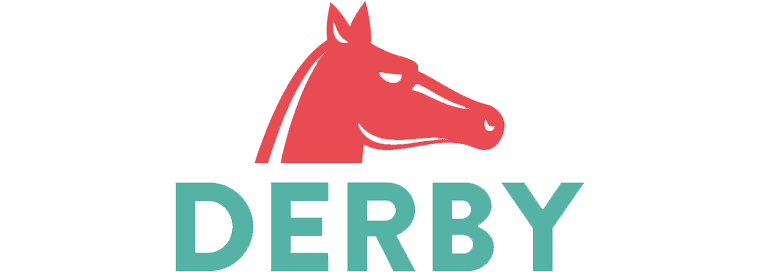
Why do our developers love Derby.js?
- Customization of code.
- Sharing of code across the client-side and server-side.
- Support of Racer engine.
- Support conflict resolution and offline usage for developers.
- Data-synchronization between client-server.
Derby.js can majorly be used to build real-time chat applications. Its real-time data synchronization and faster content loading make it an ideal choice to build a messaging application.
Choose The Right Node.js Framework
That’s a wrap, folks. Eleven of the most used Node.JS frameworks by our developers for nodejs development services, along with their reasons. If you have an argument about any of these frameworks, remember, it is our developers who took the decision to put these frameworks here, and you will have to sort it out with them. Wanna know more? Write to us in the comments section below.
Still, Struggling to Choose the best Node.JS framework for your project? We're here to guide you!
Consult with our Node.JS Expert







